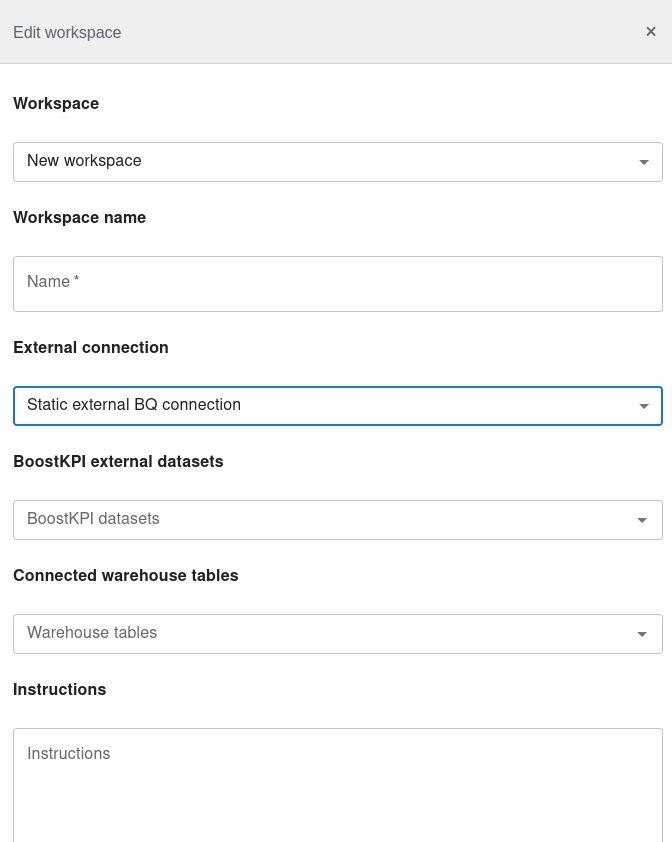ADA: Your Personalized AI Data Analyst
Table of contents
Overview
With ADA, you have a personal AI that analyzes data just like a human analyst would. You can ask ADA any question using plain language—from general overviews to detailed inquiries. ADA is smart enough to understand the context of your questions, and if something isn’t clear, it will ask for clarification to provide the most accurate and relevant answers.
Here’s what makes ADA special:
-
Intelligent Workspaces: Create tailored data environments with custom tables, views, and queries designed for different user needs. It’s like having a senior analyst prepare everything for a junior to understand easily.
-
Context-Rich Orchestration: ADA smoothly transitions between generating SQL queries and performing in-depth analyses, all explained in easy-to-understand language. Learn more about our orchestration approach here.
-
Personalized AI Analysis: ADA adapts to your specific role, learning from your context and past questions to deliver insights that are especially relevant to you.
-
Scalable Insights: Easily extend advanced data analysis across your organization. ADA works around the clock, offering cost-effective support without overloading your data teams.
-
Continuous Learning: With every interaction, ADA gets smarter, offering you increasingly precise and actionable insights over time.
ADA leverages advanced Large Language Models (LLMs), an orchestration approach, and dynamic workspaces to bring you these features. Learn more about ADA.
Workspaces
Setting Up Your Workspace We recommend setting up a separate workspace for each of your use cases. It’s also beneficial to create distinct workspaces for different teams and functional roles within your organization. When configuring a workspace, you can include the relevant warehouse tables, BoostKPI datasets, and any other custom instructions you need.
Key Features:
- SQL Syntax Recognition: ADA automatically understands and interacts with the SQL language used by your data warehouse.
- Metadata Utilization: If your warehouse tables include metadata, like column descriptions, ADA seamlessly incorporates this information for more accurate responses.
- Custom Instructions: You can add any specific details to guide ADA. For example, explain what a column name represents (e.g., oid means order number), define possible values for a column (e.g., cleared_customs can be YES or NO), specify character case rules (e.g., values are always lowercase), describe derived KPIs (e.g., AOV is the ratio of total revenue to total orders), and clarify terms (e.g., FY2022 runs from April 1, 2022, to March 31, 2023).
Learn more about workspaces in this post..
To create/edit a workspace, simply click the “Workspaces” button on the right side of the chat interface. 
Conversation History
On the left panel, you’ll find your conversation history neatly organized by workspace. Click on any conversation to review past interactions. In the near future, you’ll also have the ability to rate ADA’s responses, which helps it to continuously learn and improve.
Additionally, you can conveniently share, rename, or delete conversations by clicking the respective options.